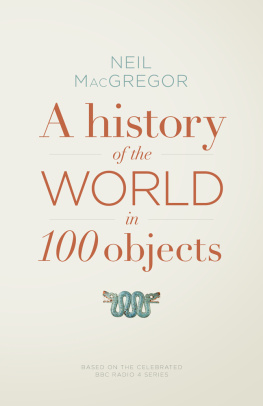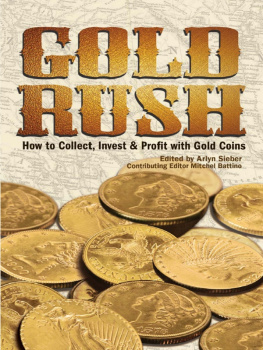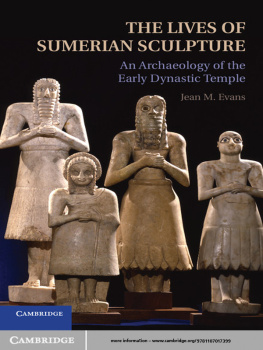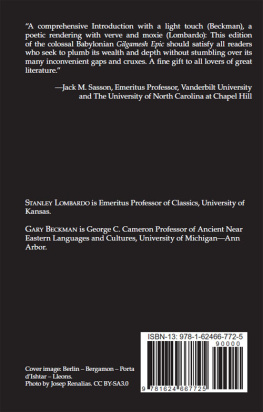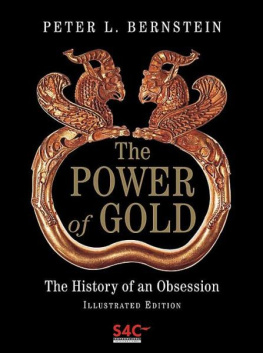
ALLEN LANE
Published by the Penguin Group
Penguin Books Ltd, 80 Strand, London WC2R 0RL , England
Penguin Group (USA) Inc., 375 Hudson Street, New York, New York 10014, USA
Penguin Group (Canada), 90 Eglinton Avenue East, Suite 700, Toronto, Ontario, Canada M4P 2Y3 (a division of Pearson Canada Inc.)
Penguin Ireland, 25 St Stephens Green, Dublin 2, Ireland (a division of Penguin Books Ltd)
Penguin Group (Australia), 250 Camberwell Road, Camberwell, Victoria 3124, Australia (a division of Pearson Australia Group Pty Ltd)
Penguin Books India Pvt Ltd, 11 Community Centre, Panchsheel Park, New Dehli 110 017, India
Penguin Group (NZ), 67 Apollo Drive, North Shore 0632, New Zealand
(a division of Pearson New Zealand Ltd)
Penguin Books (South Africa) (Pty) Ltd, 24 Sturdee Avenue, Rosebank 2196, South Africa
Penguin Books Ltd, Registered Offices: 80 Strand, London WC2R 0RL , England
www.penguin.com
First published 2010
Copyright the Trustees of the British Museum and the BBC , 2010
The moral right of the author has been asserted
By arrangement with the BBC and the British Museum
The BBC logo and the Radio 4 logo are registered trade marks of the British Broadcasting Corporation and are used under licence
BBC logo copyright BBC 1996
Radio 4 logo copyright 2008
The British Museum logo is a registered trademark of the British Museum Company Limited and the unregistered mark of the Trustees of the British Museum, and is used under licence
All rights reserved. Without limiting the rights under copyright reserved above, no part of this publication may be reproduced, stored in or introduced into a retrieval system, or transmitted, in any form or by any means (electronic, mechanical, photocopying, recording or otherwise) without the prior written permission of both the copyright owner and the above publisher of this book
ISBN: 978-0-14-196683-0
To all my colleagues at the British Museum
Preface:
Mission Impossible
Telling history through things is what museums are for. And because the British Museum has for over 250 years been collecting things from all round the globe, it is not a bad place to start if you want to use objects to tell a history of the world. Indeed you could say it is what the Museum has been attempting to do ever since Parliament set it up in 1753 and directed that it should be aimed at universality and free to all. This book is the record of a series of programmes on BBC Radio 4, broadcast in 2010, but it is also in fact simply the latest iteration of what the Museum has been doing, or attempting to do, since its foundation.
The rules of the game for A History of the World in 100 Objects were set by Mark Damazer, Controller of Radio 4, and they were simple. Colleagues from the Museum and the BBC would choose from the collection of the British Museum 100 objects that had to range in date from the beginning of human history around two million years ago and come right up to the present day. The objects had to cover the whole world, as far as possible equally. They would try to address as many aspects of human experience as proved practicable, and to tell us about whole societies, not just the rich and powerful within them. The objects would therefore necessarily include the humble things of everyday life as well as great works of art. As five programmes would be broadcast each week, we would group the objects in clusters of five, spinning the globe at various points in time and looking at five snapshots of the world through objects at that particular date. And because the Museums collection embraces the whole world and the BBC broadcasts to every part of it, we would invite experts and commentators from all over the world to join in. Of course it could only ever be a history of the world, but it would still try to be a history to which the world had in some measure contributed. (Partly for reasons of copyright, the contributors words have been left here essentially as they were spoken.)
The project was clearly in many respects impossible, but one particular aspect of it caused an especially lively debate. All these objects would be presented not on television but on radio. They would have to be imagined by the listener, not seen. At first I think the Museum team, used to the close examination of things, was daunted by this, but our BBC colleagues were confident. They knew that to imagine a thing is to appropriate it in a very particular way, that every listener would make the object under discussion their own and in consequence make their own history. For those who simply had to see them, and who couldnt visit the Museum in person, pictures of all the objects have been available on the A History of the World in 100 Objects website throughout 2010, and are now reproduced in this beautifully illustrated book.
Neil MacGregor
September 2010
Introduction:
Signals from the Past
In this book we travel back in time and across the globe, to see how we humans have shaped our world and been shaped by it over the past two million years. The book tries to tell a history of the world in a way which has not been attempted before, by deciphering the messages which objects communicate across time messages about peoples and places, environments and interactions, about different moments in history and about our own time as we reflect upon it. These signals from the past some reliable, some conjectural, many still to be retrieved are unlike other evidence we are likely to encounter. They speak of whole societies and complex processes rather than individual events, and tell of the world for which they were made, as well as of the later periods which reshaped or relocated them, sometimes having meanings far beyond the intention of their original makers. It is the things humanity has made, these meticulously shaped sources of history and their often curious journeys across centuries and millennia, which A History of the World in 100 Objects tries to bring to life. The book includes all sorts of objects, carefully designed and then either admired and preserved or used, broken and thrown away. They range from a cooking pot to a golden galleon, from a Stone Age tool to a credit card, and all of them come from the collection of the British Museum.
The history that emerges from these objects will seem unfamiliar to many. There are few well-known dates, famous battles or celebrated incidents. Canonical events the making of the Roman Empire, the Mongol destruction of Baghdad, the European Renaissance, the Napoleonic wars, the bombing of Hiroshima are not centre stage. They are, however, present, refracted through individual objects. The politics ). Throughout, I have chosen objects that tell many stories rather than bear witness to one single event.
The Necessary Poetry of Things
If you want to tell the history of the whole world, a history that does not unduly privilege one part of humanity, you cannot do it through texts alone, because only some of the world has ever had texts, while most of the world, for most of the time, has not. Writing is one of humanitys later achievements, and until fairly recently even many literate societies recorded their concerns and aspirations not only in writing but in things.
Ideally a history would bring together texts and objects, and some chapters of this book are able to do just that, but in many cases we simply cant. The clearest example of this asymmetry between literate and non-literate history is perhaps the first encounter, at Botany Bay, between Captain Cooks expedition and the Australian Aboriginals (). From the English side, we have scientific reports and the captains log of that fateful day. From the Australian side, we have only a wooden shield dropped by a man in flight after his first experience of gunshot. If we want to reconstruct what was actually going on that day, the shield must be interrogated and interpreted as deeply and rigorously as the written reports.
Next page
